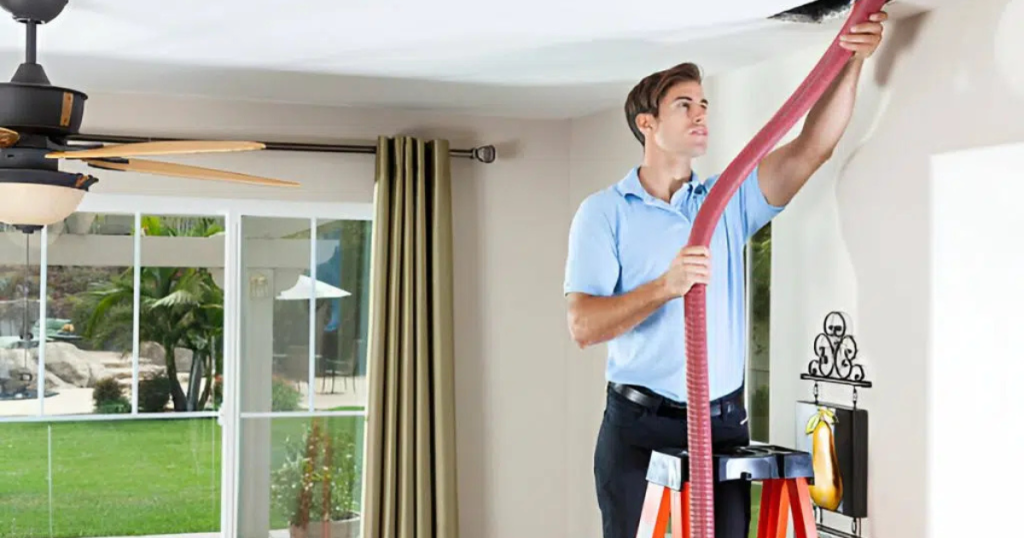
Since the dirt on the ceiling can vary depending on its location, the cleaning method needs to be adjusted accordingly. Generally, a “floor wiper” is recommended for ceiling cleaning. If you can safely reach the ceiling by standing on a step stool, you can clean it directly for better results.
It’s also important to use appropriate cleaning products based on the type of dirt you’re dealing with.
Ceilings, which we rarely have the chance to clean, tend to accumulate various kinds of grime. By the time it becomes noticeable, the dirt can be difficult to remove. To prevent this, it’s a good idea to clean your ceiling at least once every six months.
In this guide, Southern Ceiling Repair’s ceiling repair expert will explain how to clean the ceilings effectively and share some key precautions to keep in mind.
Tried cleaning your ceiling but it still looks stained? We’ll fix it properly

Types and Causes of Stains on Ceilings
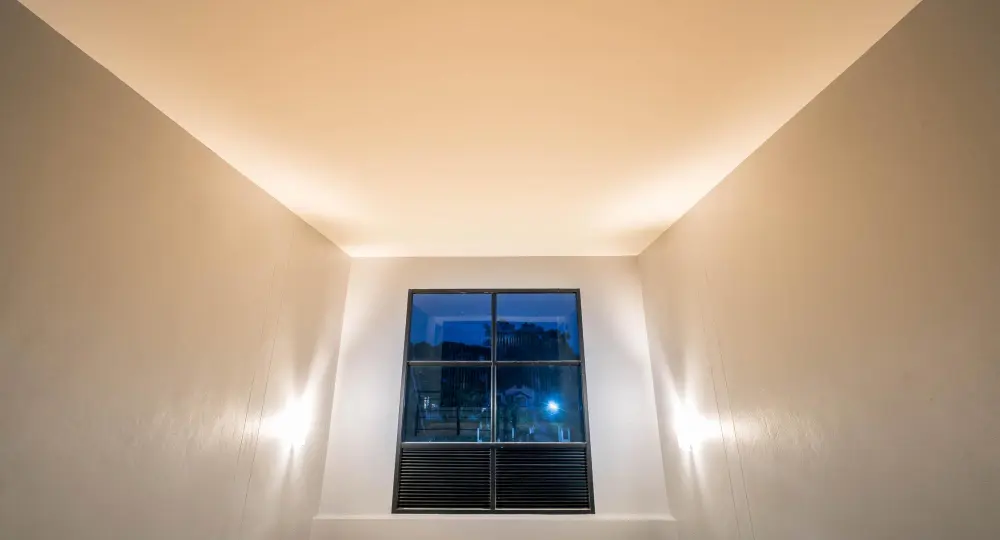
The amount of dirt that builds up on a ceiling can vary depending on its location. To ceiling cleaning effectively, it’s essential to identify the type of dirt and use a cleaning method that suits its specific characteristics.
Dust
Dust often sticks to static electricity, moisture, and oil on the surface of the ceiling. It can also get caught in the textured areas of wallpaper, making it harder to remove.
Black Soot
Exhaust fumes from vehicles outside can enter the home and settle on the ceiling, forming soot. Black marks around the intake and exhaust vents of a 24-hour ventilation system are often caused by soot stains.
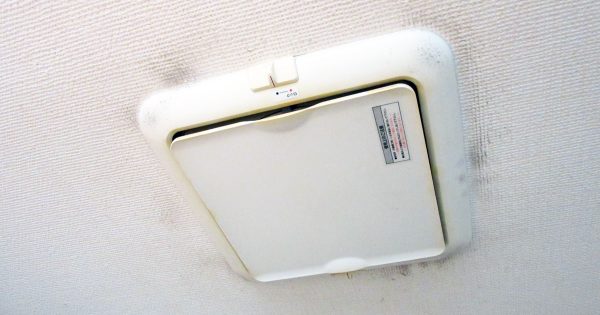
Oil Stains
Oil stains on kitchen ceilings are caused by oil smoke rising during cooking. If the kitchen is open to the living or dining area, these stains can also accumulate on those ceilings. When oil stains mix with dust, they often become sticky and are particularly hard to remove.
Mould
Mould thrives in areas where moisture and dust (acting as nutrients) accumulate. It is most commonly found on ceilings in bathrooms and laundry areas.
Pollen
Pollen sticks to clothing when you’re outdoors and can enter the home through ventilation. Once airborne inside, it settles on the ceiling.
Dust
Dust on the soles of shoes can be tracked into entryways, where it gets stirred up and settles on the ceiling. Entrance hall ceilings are especially prone to collecting dust.
Tobacco Tar Stains
The brown stains on ceilings are caused by tar from cigarette smoke. These stains can also produce unpleasant odours, making it important to clean them promptly.
Water Stains
Inadequate ventilation can lead to condensation and water stains on ceilings. If water stains are caused by leaks or pests, it’s essential to contact a professional to carry out the necessary repairs.
How to Remove Dust from the Ceiling
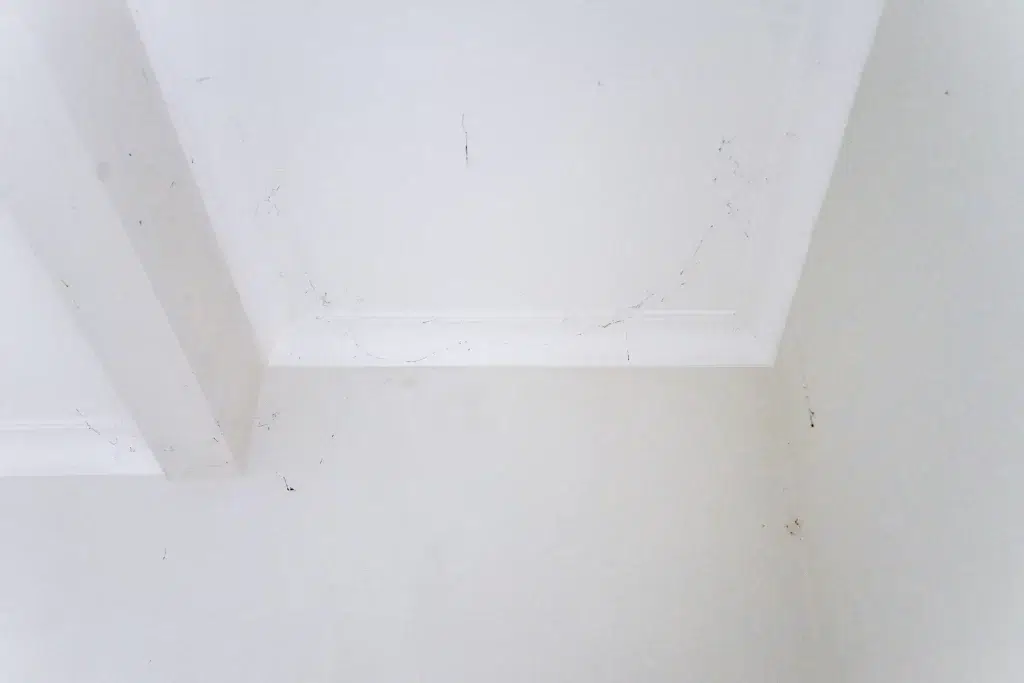
Dust on the ceiling includes not only what we typically call “dust” but also pollen and dirt. In particular, dust and pollen tend to accumulate near televisions and 24-hour ventilation intakes, which are prone to static electricity. Therefore, it is important to thoroughly remove the dirt. Dirt often collects on the ceiling in the entrance, so it should be wiped off with a well-wrung cloth every six months.
Tools Needed:
- Floor wiper
- Cleaning cloths
- Mask
Procedure:
- Attach a cleaning cloth to the floor wiper.
- Remove dust from the ceiling, making sure to thoroughly clean the corners and the edges where the ceiling meets the wall.
If you can reach the ceiling:
To remove dust that has accumulated in the corners, wipe it directly with a cleaning cloth.
Caution:
Please wear a mask, as dust may fly around during ceiling cleaning.
How to Remove Black Soot From the Ceiling
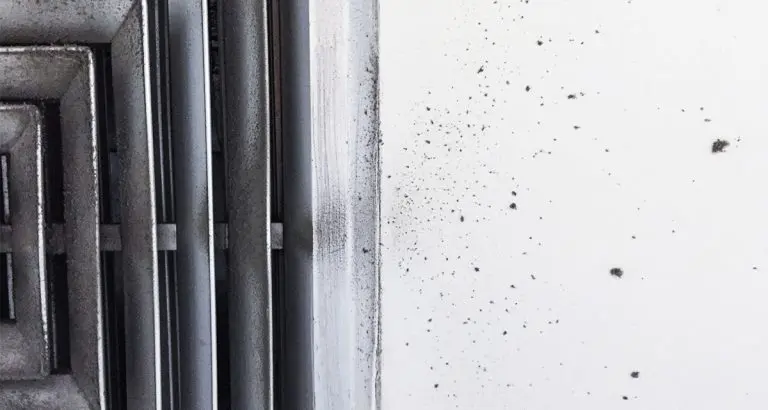
Soot is an acidic stain, so alkaline sodium sesquicarbonate is effective in removing it.
Tools Needed:
- Floor wiper
- Cleaning cloth
- Sodium sesquicarbonate
- Goggles (or glasses)
- Mask
Procedure:
- Prepare the sodium sesquicarbonate solution in a bowl or spray bottle by mixing 1 teaspoon of sodium sesquicarbonate with 500ml of water.
- Soak the cleaning cloth in sodium percarbonate solution and wring it out.
- Attach the cloth to the end of the floor wiper and wipe away the soot from the ceiling.
- Finally, wipe off any moisture with a dry cloth.
*If you don’t have sodium percarbonate, you can use 1-2 drops of dishwashing liquid diluted with 500ml of water instead. You can also prepare the detergent solution in a spray bottle and spray it onto the cloth.
If you can reach the ceiling:
Wipe off the dirt directly with a cleaning cloth soaked in sodium percarbonate solution (or water with diluted dishwashing liquid). Alternatively, you can scrub the area with a small amount of dishwashing liquid on a wrung-out sponge. In this case, lay newspaper under the ceiling to prevent water from dripping onto the floor.
Caution:
Wear goggles (or glasses) and a mask to prevent detergent from getting into your eyes or mouth.
If using a sponge, clean with the soft part of the sponge, not the abrasive side, to avoid damaging the wallpaper on the ceiling.
How to Remove Oil Stains From the Ceiling
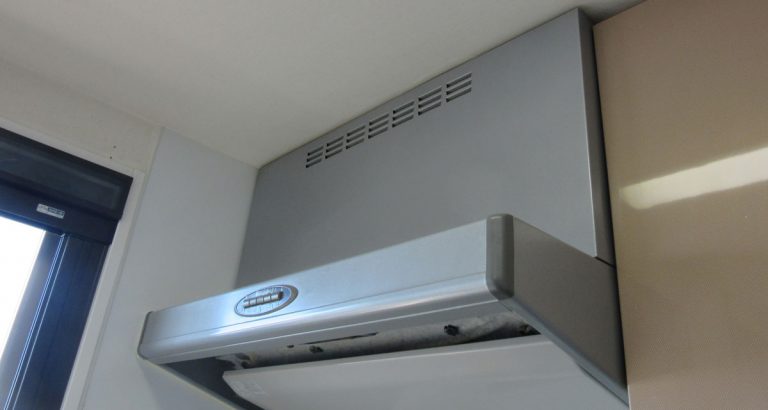
Oil is an acidic stain, so you can use sodium percarbonate, an alkaline detergent, to remove oil stains.
Soak a cloth in sodium percarbonate solution, wring it out, attach it to a floor wiper, and wipe the ceiling. Then, wipe it off with a dry cloth.
If you can reach the ceiling, wipe it directly with a cloth instead of using a floor wiper. You can also apply a small amount of dishwashing liquid to a wrung-out sponge and scrub the area.
Sodium bicarbonate can be easily purchased at 100 yen shops, but if you don’t have it, you can use baking soda, which is also alkaline, as a substitute.
How to Remove Mould Stains From the Ceiling
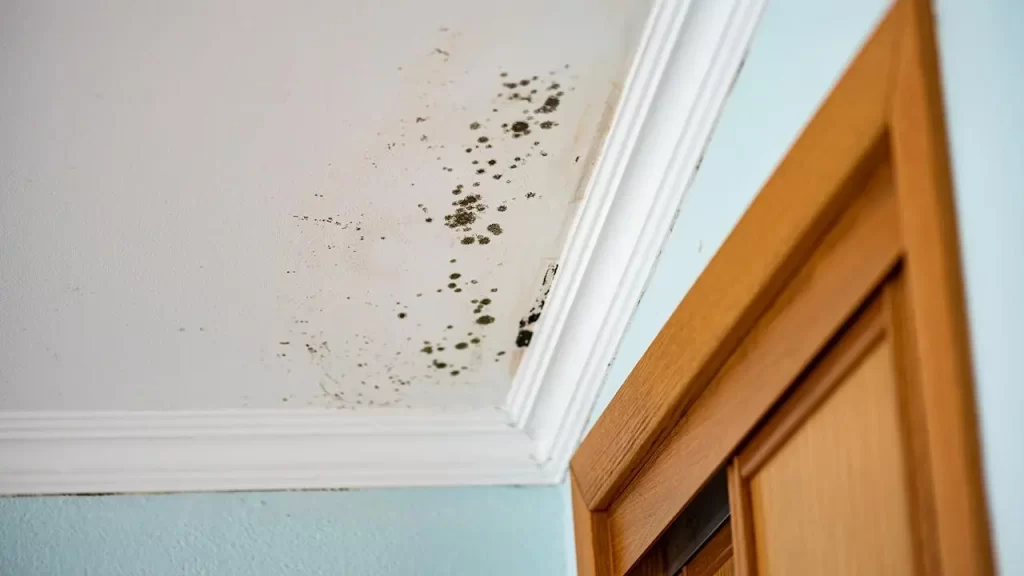
Mould on ceilings often occurs in bathrooms and washrooms where moisture tends to build up.
Chlorine bleach containing sodium hypochlorite is effective against mould.
Typical bleaching agents include Kao’s “Haiter” for clothing and “Kitchen Haiter” for the kitchen. When using them, remove the mould by wiping it off with water that has been diluted with Haiter (or Kitchen Haiter) to a concentration of 0.05%.
Caution:
This method of removing mould is not recommended or guaranteed by the manufacturer.
Tools Needed:
- Floor wiper
- Cleaning cloth
- Kao’s “Haiter” for clothing or “Kitchen Haiter” for the kitchen
- Goggles (or glasses)
- Mask
- Rubber gloves
Procedure:
- Prepare a bowl or other container with bleach diluted to 0.05% (1/3 cap per 1L of water).
*Please note that the dilution method may vary depending on how long it has been since the product was purchased.- Guidelines for diluting beach
Amount to dilute to 0.05% At a production concentration of 6% Around 1/3 of a capful (8.3ml) per 1L of water Within 3 months of purchase Around 0.4 of a capful (10ml) per 1L of water Within 1 year of purchase Around 0.6 of a capful (15ml) per 1L of water Within 3 years of purchase Around 1 capful (25ml) per 1L of water. - Put on rubber gloves, soak the cleaning cloth in the diluted water, and wring it out tightly.
- Attach the cloth to the end of a floor wiper and wipe the mould off the ceiling.
- *Be careful not to get it on metal objects, as it can cause rust.
The diluted water evaporates easily, so there’s no need to wipe it twice.
If you can reach the ceiling:
Wear rubber gloves and wipe off the dirt with a cleaning cloth soaked in diluted disinfectant solution. It will be easier to remove mould if you wipe it directly with your hands, as you’ll be able to reach every corner.
Caution:
Wear goggles (or glasses) and a mask to prevent bleach from getting into your eyes or mouth.
Be sure to ventilate the room by turning on a ventilation fan or opening a window.
How to Remove Cigarette Tar Stains From the Ceiling
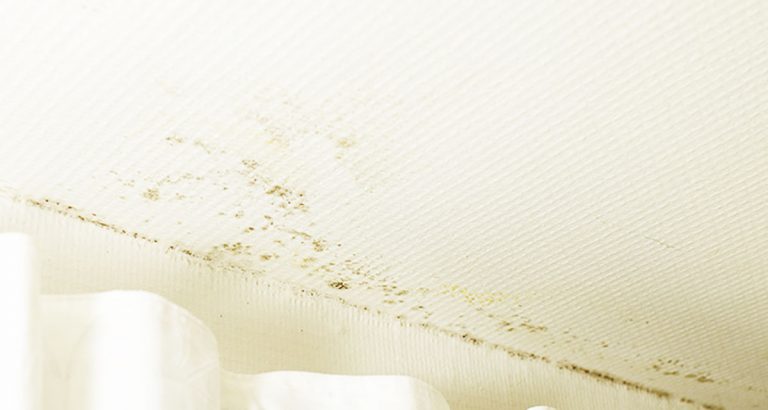
Tobacco tar is an acidic stain, but the method of removing it varies depending on the age and material of the item. For light stains, try using an alkaline “sodium percarbonate spray,” and for heavier stains, try using “alkaline electrolysed water.”
Soak the cloth in sodium percarbonate and wring it out thoroughly. Attach the cloth to a floor wiper and wipe the ceiling. Finally, wipe it off with a dry cloth.
If you can reach the ceiling, it’s better to clean it directly with a cloth to remove the dirt.
Precautions When Removing Tar Stains with Alkaline Alectrolysed Water
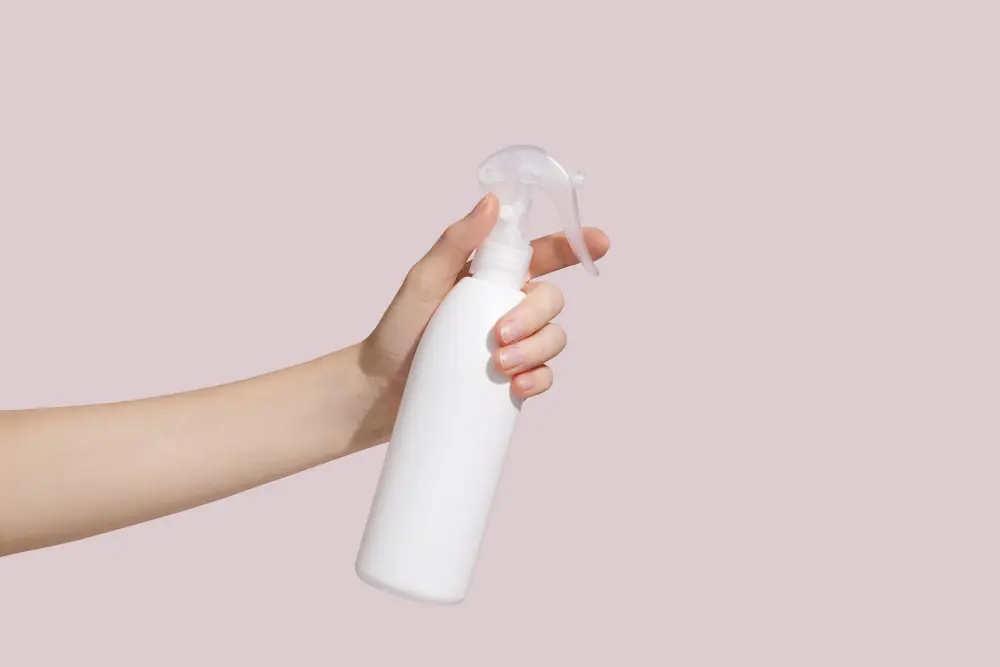
“Alkaline electrolysed water” is a stronger alkali with a pH of over 12, compared to baking soda with a pH of 8.2 and sodium sesquicarbonate with a pH of 9.8. It is effective at cleaning severe acidic stains and is suitable for removing tar.
However, because it is highly irritating, it should be handled with care, even though it does not have a significant effect on the human body. Take sufficient precautions to avoid contact with your eyes, mucous membranes, or skin, as it may cause irritation or roughness.
Additionally, if the wiping is not done thoroughly, the material of the ceiling may be damaged.
Therefore, when using alkaline electrolysed water to remove tar stains (or acidic stains) from a ceiling, please pay attention to the following points:
- Do not spray directly onto stains on the ceiling, as this will cause the mist to get on your face and leave areas unwiped. Instead, spray directly onto a cleaning cloth or sheet, then wipe off the stains.
- Be sure to wear rubber gloves, goggles (or glasses), and a mask.
- Finally, wipe off all residues thoroughly to ensure no trace is left behind.
Ceiling Cleaning Precautions
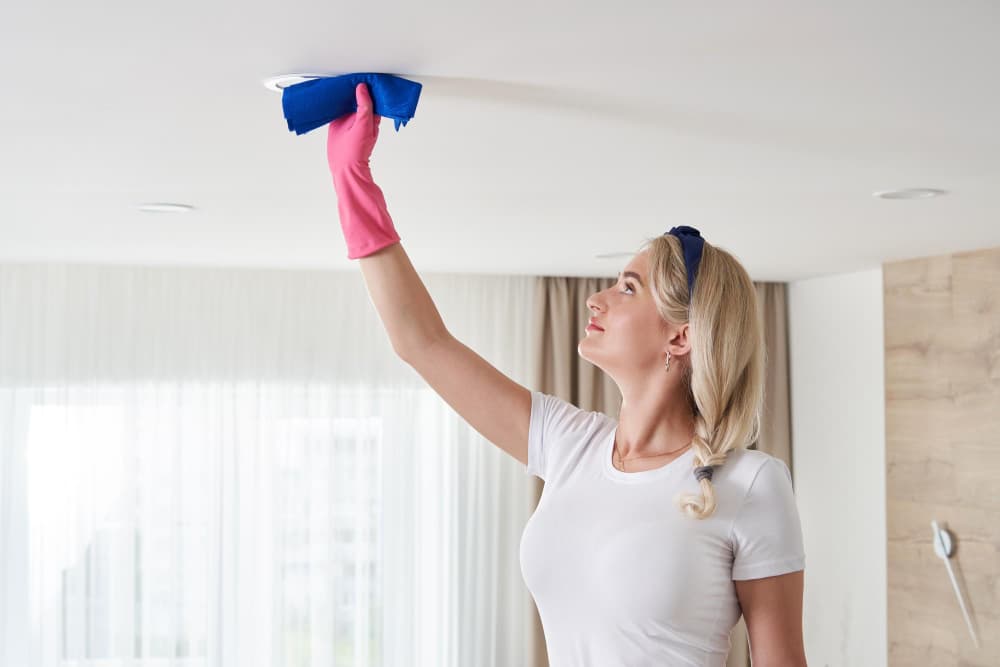
When cleaning the ceiling, keep the following points in mind:
- Do not open the windows while ceiling cleaning, as this will cause dust to spread. However, if you’re using bleach, ensure there is adequate ventilation.
- Using a vacuum cleaner to remove dust from the ceiling is effective, but heavy vacuum cleaners can pose a risk of injury. Therefore, it is preferable to use a lightweight “floor wiper.”
- Soot and oil stains are acidic, so you can use alkaline electrolysed water, in addition to baking soda and sodium sesquicarbonate. However, be sure to protect your eyes and mouth and wipe away any residue.
Regarding the Frequency of Cleaning the Ceiling
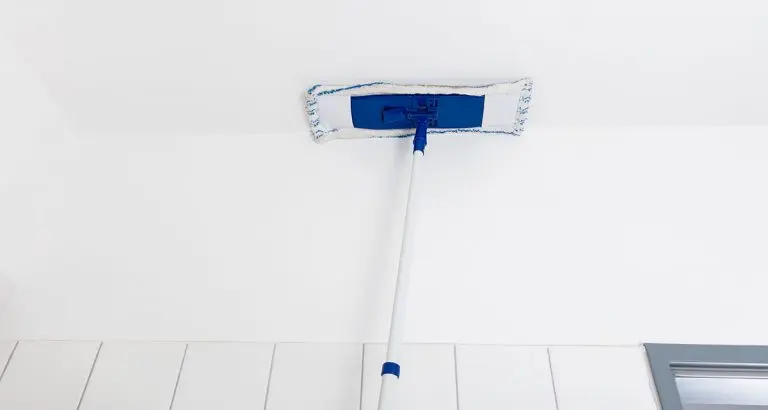
The recommended frequency for ceiling cleaning is once every three months or once every six months, depending on the change of season. However, cleaning more frequently during pollen season will help reduce allergy symptoms by decreasing the amount of pollen in your home.
For a spotless ceiling without the mess, book a professional ceiling clean today!

Summary
The method for ceiling cleaning depends on the type of dirt.
Wipe off dust with a floor wiper. Acidic dirt, such as soot, oil, and tar, can be effectively removed with baking soda water or sodium percarbonate water. If the dirt is severe, use alkaline electrolysed water. Mould can be removed with a detergent that contains sodium hypochlorite (such as bleach). In either case, you can use a floor wiper to clean it, but if you can reach it, it will be cleaner if you clean it directly with your hands.
Be careful with detergents and use the correct cleaning method to keep your ceiling clean.
